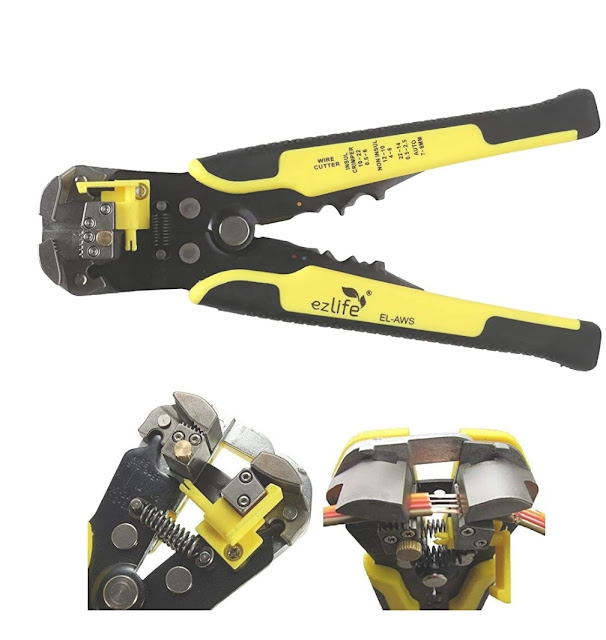CLASS VIII- FUSE-FUNCTION, TYPES AND IMPORTANCE
TOPIC
u FUSE
?
u TYPE
OF FUSE, USE AND THEIR DIAGRAM
u IMPORTANCE
OF FUSE
u POSSIBLE
ACCIDENT WITHOUT A FUSE
WHAT IS FUSE AND ITS FUNCTION?
u A
fuse is an electrical safety device which is designed to melt and separate in
the event of excessive current.
u Fuse
connected in series with the component(s) to be protected from over current. In
case of overcurrent, fuse blows, which make circuit open and therefore no
current supply to component(S).
u Thin
piece of fuse wire is contained within a safety sheath to minimize hazards of
arc blast, if wire burns open with violent force in case of excess overcurrent.
u Residential
wiring uses screw-in fuse, sheath is transparent
u Automotive
application uses Cartidge type fuse
u Fuse
are held by spring metal clips of fuse holder. Fuse holder to be good insulator
u Overcurrent
carries more heat through wire and component(s), which is primarily reacts on
fuse wire and melts it down to protect wire and components from getting damage.
How does a fuse wire works?
u A
fuse is used in circuit to avoid overloading & short circuiting.
u When
a current higher than the rating of fuse flows through it, the fuse wire gets
heated and melts.
u This
breaks the circuit and protects the appliances from getting damage.
Properties of fuse wire
u Low
melting point- so that it can break as soon as in case of overcurrent.
u Low
resistivity- so that it doesn’t interfere with the flow of current.
u Economical-
low cost.
u Least
deterioration –longer life
Fuses of different
appliances have different current ratings.
u The appliances which work on large current
have fuse of higher current ratings.
u The appliances which work on small current
have fuse of smaller current ratings.
u For example- current rating of fuse used in
fans , lights etc are rated 5A.
u Another example- current rating of a fuse
used in motors are rated 15A.

Comments
Post a Comment